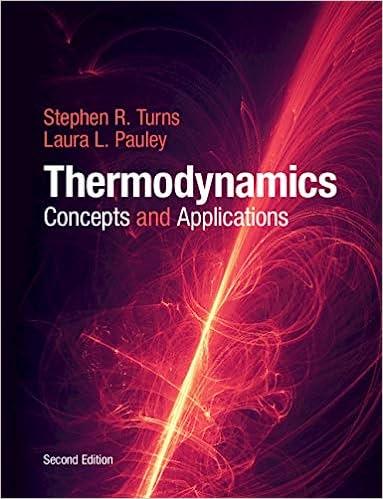Answered step by step
Verified Expert Solution
Question
1 Approved Answer
Q 1 ( a ) Biological tissues are typically characterized by the presence of complicated matrices with pores. Therefore, flow through porous media needs to
Qa Biological tissues are typically characterized by the presence of complicated
matrices with pores. Therefore, flow through porous media needs to be understood.
The tissues often consist of pores with different shapes. For simplicity, in this
problem, we assume the pores to be a mixture of cylindrical and spherical ones. The
cylindrical pores have a radius and length where is longer than the longest
dimension of the tissue of interest. The spherical pores have a radius of
i What are the specific surface and the porosity of the tissue, in terms of
and where is the number of cylinders per unit crosssectional area and
is the ratio of the numbers of cylindrical pores to spherical pores? Please state
all key assumptions you have used.
ii What are the hydraulic conductivity and specific hydraulic permeability of
the tissue? Hint: For a single cylinder, volumetric flow rate where
is the pressure gradient.
iii Propose a situation when Brinkman equation should be used to describe flow
through this particular biological tissue?
b The activity of an enzyme follows the following reaction with the substrate to
form the product : To measure the Michaelis constant
the reaction rate and the substrate concentration are often plotted in the so
called "LineweaverBurke plot", where the axis is and axis is The unit
of concentration in the problem is and the unit of time is sec
i Derive the expression of with respect to the concentrations of the substrate,
enzyme and product, as well as the corresponding rate constants.
ii Express in terms of and
iii If the data in the LineweaverBurke plot fits a line with the equation
what are the values of and the maximum reaction
rate Hint: what is based on your answer to

Step by Step Solution
There are 3 Steps involved in it
Step: 1

Get Instant Access to Expert-Tailored Solutions
See step-by-step solutions with expert insights and AI powered tools for academic success
Step: 2

Step: 3

Ace Your Homework with AI
Get the answers you need in no time with our AI-driven, step-by-step assistance
Get Started


